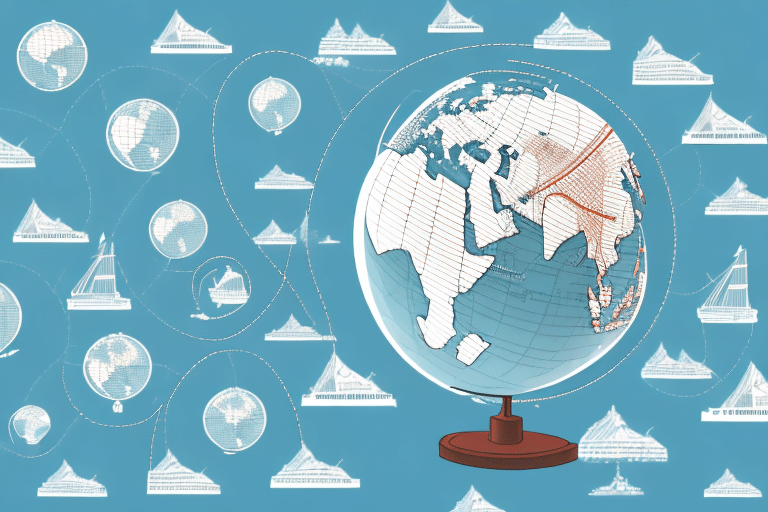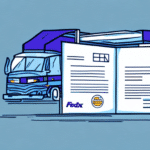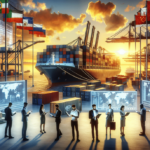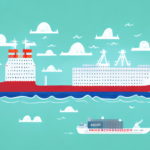Introduction to Paperless Shipping in International Trade
In today's fast-paced global economy, businesses must optimize their operations to remain competitive, particularly in the realm of international shipping. Traditional methods of international trade, such as paper-based shipping documents, often lead to costly delays, errors, and environmental impacts. Consequently, many companies are shifting towards paperless solutions, like the Paperless UPS Worldship, to enhance efficiency and sustainability.
Understanding Paperless UPS Worldship
Paperless UPS Worldship is an innovative technology solution that streamlines the international shipping process by replacing paper-based customs forms with electronic alternatives. This digital technology leverages electronic data exchange and secure online communication to eliminate the need for physical documents. Beyond increasing the speed and accuracy of shipping operations, Paperless UPS Worldship contributes to environmental sustainability by significantly reducing paper usage.
Key Features
- Electronic customs forms and documentation
- Real-time shipment tracking
- User-friendly interface with minimal training requirements
- Integration with existing logistics software
How Does Paperless UPS Worldship Work?
The Paperless UPS Worldship system seamlessly integrates with a company's existing logistics software, enabling users to create, process, and track shipments within a single platform. The system generates electronic shipping labels, invoices, and other required customs documentation, which can be easily accessed, edited, and shared in real-time throughout the supply chain.
Integration and Automation
By automating the generation and submission of necessary shipping documents, Paperless UPS Worldship reduces the potential for human error and accelerates the overall shipping process. This integration allows businesses to maintain greater control and visibility over their global trade logistics, facilitating swift adaptations to changing market conditions.
Benefits of Using Paperless UPS Worldship for International Shipping
Adopting Paperless UPS Worldship offers numerous advantages for businesses involved in international shipping:
Increased Efficiency and Accuracy
- Faster processing times due to digital documentation
- Reduced errors from manual data entry
Cost Savings
- Lower expenses related to paper, printing, and storage
- Decreased shipping costs through optimized logistics processes
Enhanced Visibility and Control
- Real-time tracking of shipments
- Comprehensive reporting and analytics for informed decision-making
Sustainability
- Significant reduction in paper usage
- Lower carbon footprint associated with transportation and documentation
Global Adoption of Paperless UPS Worldship
The Paperless UPS Worldship system is utilized in over 100 countries, including major markets such as the United States, Canada, Mexico, the European Union, Japan, and China. As international trade continues to expand and the emphasis on sustainability grows, more countries are expected to adopt paperless shipping technologies. According to a World Bank report, digital transformation in logistics has been a significant driver for improved global trade efficiency.
Best Practices for Implementing Paperless UPS Worldship
To maximize the benefits of Paperless UPS Worldship, businesses should adhere to the following best practices:
- Ensure accurate and complete data entry into the system
- Properly package and label all shipments according to local regulations
- Regularly track and update shipment statuses within the system
- Provide comprehensive training for employees on system usage
- Integrate the system with other business processes, such as inventory management and CRM
Integration with Business Systems
Integrating Paperless UPS Worldship with inventory management, accounting software, and customer relationship management (CRM) systems can streamline operations and enhance overall business efficiency. This holistic approach ensures that all aspects of the shipping process are interconnected and optimized.
The Environmental Impact of Paperless UPS Worldship
By eliminating the need for paper documents, Paperless UPS Worldship significantly reduces the environmental impact of international shipping. The system helps businesses decrease paper waste and lower carbon emissions associated with printing, storing, and transporting physical documents. A study by the Environmental Protection Agency highlights that transitioning to digital documentation can lead to substantial environmental benefits in the logistics sector.
Sustainability Metrics
The system allows businesses to track sustainability metrics such as fuel usage, emissions, and waste. This data can inform sustainability strategies and help companies stay compliant with evolving environmental regulations.
The Future of Global Shipping with Paperless Technologies
As the global market continues to digitalize, paperless technologies like UPS Worldship will play an increasingly pivotal role in international trade. These technologies not only enhance operational efficiency and reduce costs but also align with the growing demand for sustainable business practices. By embracing paperless solutions, businesses can stay competitive and responsive to both market and environmental demands.
Innovations such as Blockchain and Internet of Things (IoT) are expected to further revolutionize international shipping, offering even greater transparency, security, and efficiency. Companies that adopt these advanced technologies early will likely lead the way in shaping the future of global logistics.




















